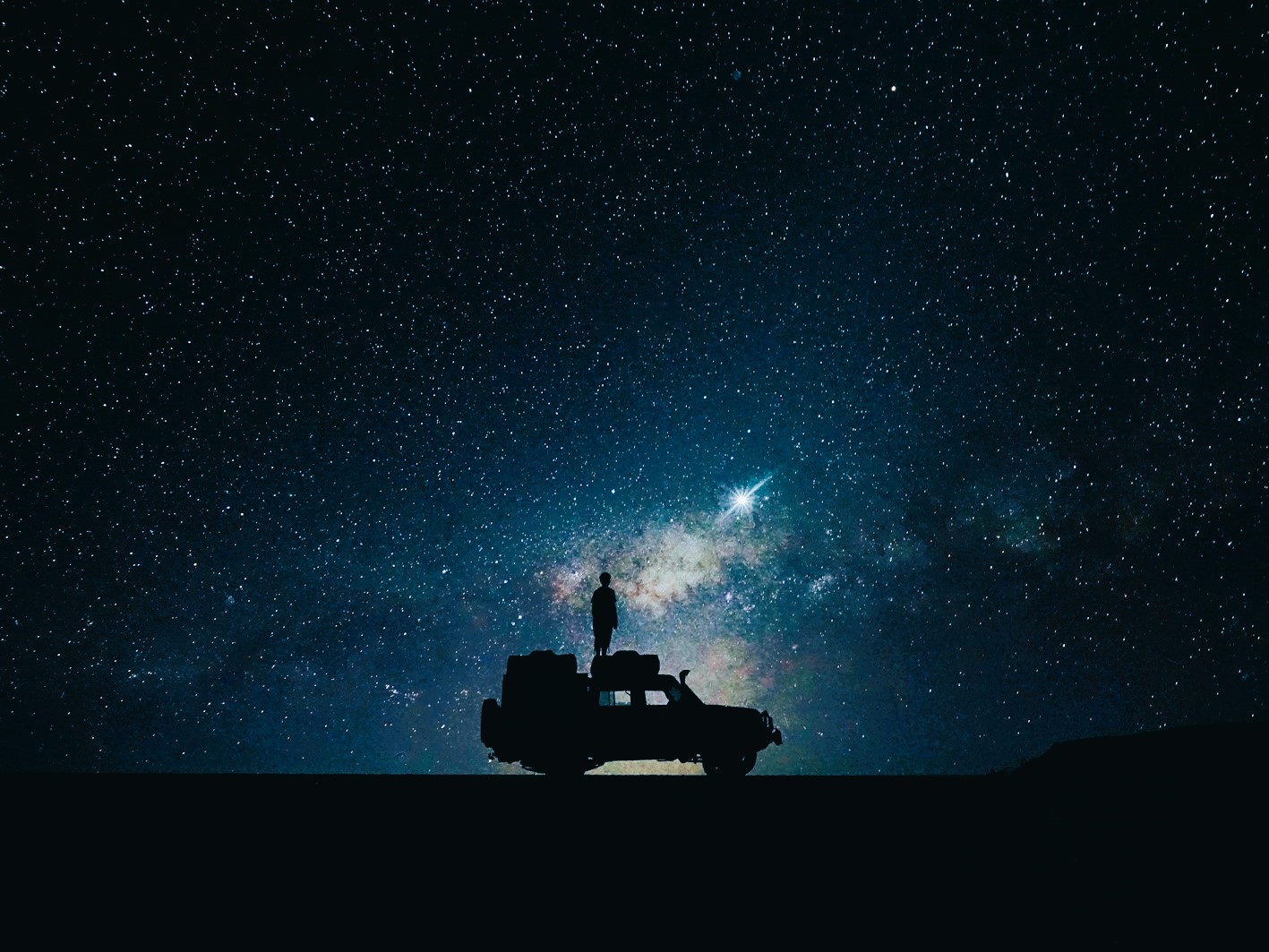NASA plans to launch a toaster-sized vehicle equipped with eight lasers to mimic stars and other celestial objects such as supernovae. This vehicle will aim lasers directly at instruments on Earth.

This “star simulator” is part of the $19.5 million Landolt mission. The spacecraft will help scientists get more accurate measurements of real stars. Researchers believe the spacecraft could contribute to the study of dark energy, a mysterious form of energy that explains the accelerated expansion of the Universe.
“Even with modern instruments, measurements of the true brightness of stars have often been very approximate. Landolt will improve these measurements by more than ten times,” said David Ciardi, deputy director of NASA’s Exoplanet Science Institute and an astronomer at the California Institute of Technology.
A better understanding of the true brightness of stars will allow scientists to study more about the stars themselves and the planets orbiting them. The team will compare the known brightness of the artificial star with much more distant counterparts to create new catalogs of stellar brightness. By studying the brightness of distant stars, scientists also hope to study the expansion rate of the Universe, which could shed light on dark energy, one of astronomy’s biggest mysteries.
“We are trying to find out if planets orbiting other stars could have oceans where life could originate and exist. To do that, we need to know exactly how much energy is coming from the star and how far away the planet is,” explains Jamie Tayar, assistant professor of astronomy at the University of Florida, about the importance of the mission.
The spacecraft is scheduled to be launched in 2029. It will orbit the Earth in a synchronous orbit with a height of 35,785 km, remaining stationary over one point of the planet.
The mission is named after astronomer Alro Landolt, who created stellar brightness catalogs beginning in 1973. Landolt died in 2022. The Landolt vehicle will not be visible to the naked eye, but it can be seen in a telescope.
Earlier we reported on how Earth received a laser message from space.
According to livescience.com


